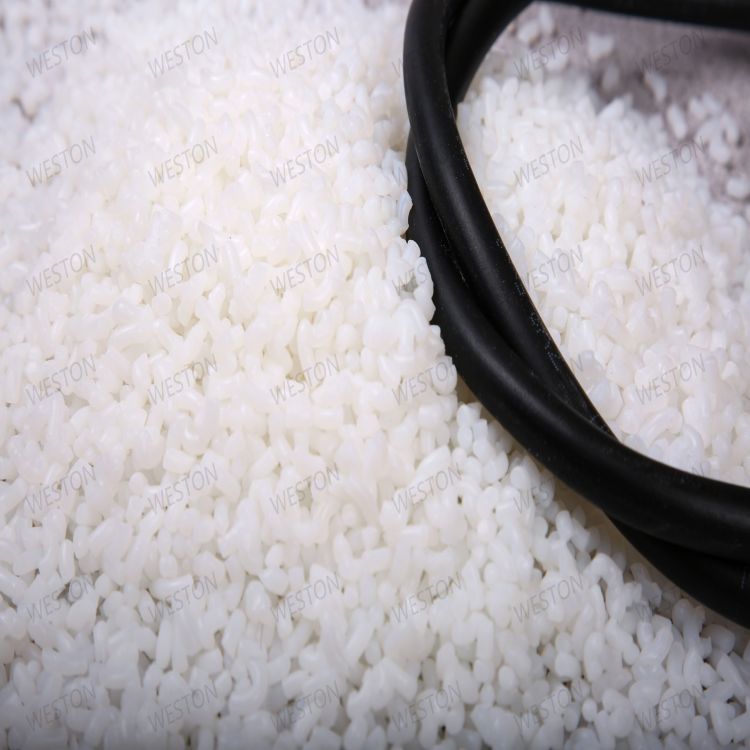-
Categories
-
Pharmaceutical Intermediates
-
Active Pharmaceutical Ingredients
-
Food Additives
- Industrial Coatings
- Agrochemicals
- Dyes and Pigments
- Surfactant
- Flavors and Fragrances
- Chemical Reagents
- Catalyst and Auxiliary
- Natural Products
- Inorganic Chemistry
-
Organic Chemistry
-
Biochemical Engineering
- Analytical Chemistry
- Cosmetic Ingredient
-
Pharmaceutical Intermediates
Promotion
ECHEMI Mall
Wholesale
Weekly Price
Exhibition
News
-
Trade Service
4.
The relationship between Q p and Q v
From the definition of enthalpy H=U+pV, we get
△ r H=△ r U+p△V
which is
Q p =Q V +p△V
(1) For a reaction without gas participation, the volume change before and after the reaction is small, and the volume work can be ignored, then
△ r H≈△ r U
Q p ≈Q V
In the reaction without gas, the heat of reaction at constant pressure is basically the same as the heat of constant volume reaction
.
(2) For reactions involving gas, Q p and Q V of the same reaction are not necessarily equal
.
due to
p△V=△(pV)=△nRT
therefore
Qp=QV+△nRT
or
△ r H=△ r U+△nRT
In the formula, Δn is the difference in the amount of gas before and after the reaction
.
Obviously, when the amount of matter in the reactant and product gas is equal (△n=0), and the volume work is 0, then
Q p ≈Q V
(3) For the same reaction, whether it is completed by a constant pressure approach or a constant volume approach, the enthalpy change of the reaction is the same, and the change of the thermodynamic energy is also the same
.
5.
Molar heat of reaction
The constant volume reaction heat is divided by the reaction progress to obtain the molar constant volume reaction heat △ r U m , namely
The constant pressure reaction heat divided by the reaction progress gives the molar constant pressure reaction heat △ r H m , namely
Divide both sides of △ r H=△ r U+△nRT by the reaction progress ξ, we get
Obviously, so there is
△ r H m =△ r U m +△vRT
In the formula, Δv is the difference in the stoichiometric number of gas phase substances in the reaction formula; the units on both sides of the equal sign are both J·mol -1 or kJ·mol -1
.
[Example 2-3] The reaction N 2 (g)+3H 2 (g)=2NH 3 (g) is carried out in a constant-volume calorimeter.
When 2mol NH 3 is generated , 82.
7kJ will be exothermic.
Find the △ r of the reaction at 298K H m
The solution reaction is carried out under constant volume conditions, then the reaction progress is
Substituting Qv=-82.
7kJ into the above formula, we get
Related Links: Thermal Effects of Chemical Reactions (1)







